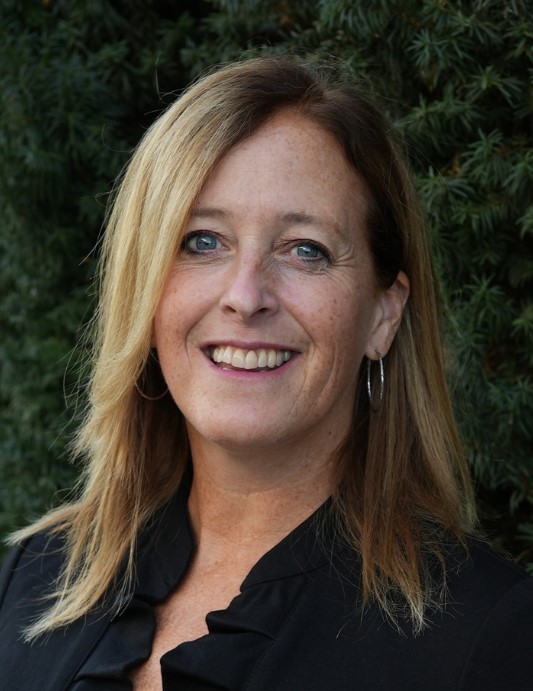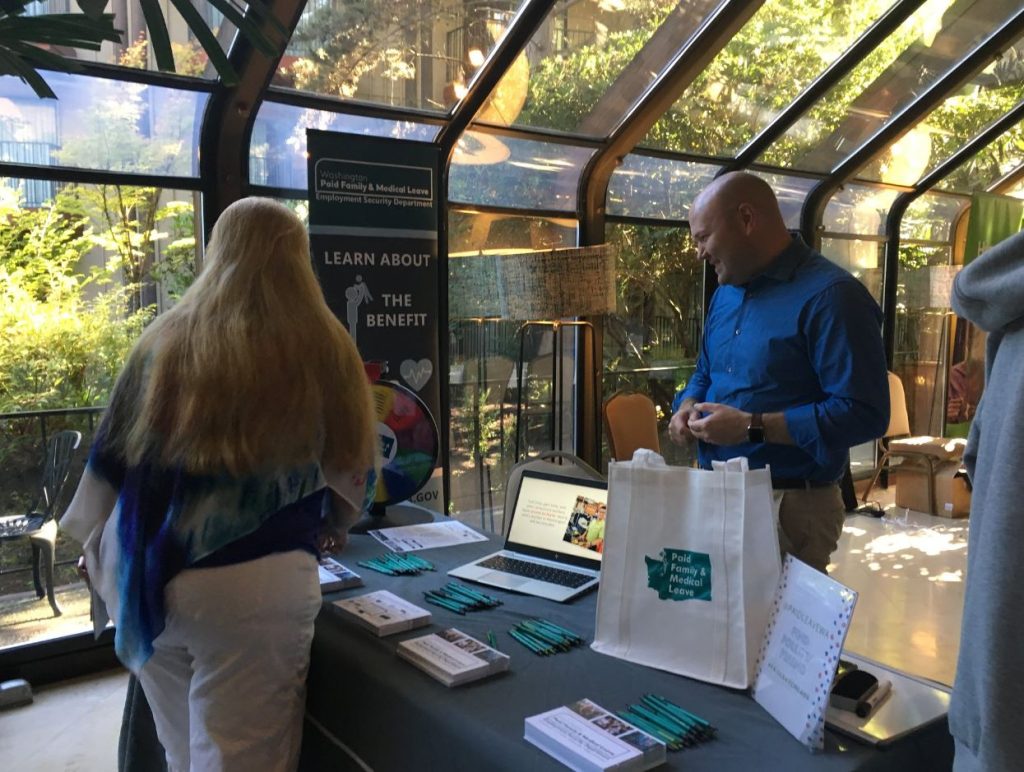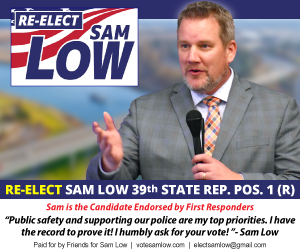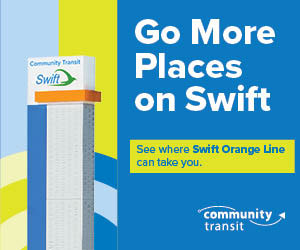Who could have predicted this? A lot of us. The number of people tapping the taxpayer-provided Paid Family and Medical Leave fund is increasing every year.
The paid-leave program, abbreviated PFML, was launched in 2020. It imposes a tax on employers and workers, whether or not the workers paying in ever use the program. The money collected is used to allow some workers taxpayer-paid time off of work if they have a serious health condition, need to care for people or want to bond with a new child on taxpayers’ dimes. (And if they can afford to take the program pay rather than their usual pay. PFML provides up to 90% of a person’s weekly pay — up to a maximum of $1,456 in 2024.)
If you build it they will come. And they did.
The Employment Security Department shows that in the program’s first year, 112,737 people were approved for benefits. In 2023, the number of people receiving benefits grew to 210,268. As for benefits paid out? In 2020, just more than $613 million was paid to approved applicants. In 2023, that amount more than doubled, paying out close to $1.5 billion and up 24% from the previous year. (The number of applicants and wages rose, and so did the benefits.)
The increased number of people applying clearly wasn’t just a COVID thing, which is what PFML proponents suggested when the tax rate on workers nearly doubled from PFML’s initial 0.4% to 0.8% in 2023. After lawmakers gave the program a bailout and shifted $200 million into the program, the rate lowered slightly to 0.74% — for better and for worse.
The Washington State Standard reports, “When the Legislature plopped $200 million into the account it artificially pushed the tax rate lower, explained Caitlyn Jekel, the department’s government affairs director.”
The tax rate is set using a formula that factors in the program’s financial balance. If the balance is low, the higher the rate has to go. Artificially lifting the program’s balance made nice headlines for PFML proponents when the rate lowered slightly. It did not help the situation of a too-generous program sitting on the backs of low- and high-income workers.
Last year when looking at PFML’s financial woes, I found that PFML is no safety net. The money workers and employers pay into the program that picks winners and losers isn’t primarily helping people in need. It is going to middle- and upper-income wage earners. Lower-income workers are penalized.
They could be penalized again soon with a tax rate that goes even higher than 0.8%.
Alison Eldridge, leave and care assistant director at the Employment Security Department, told the Senate Labor and Commerce Committee that a program deficit could happen as soon as October and be more severe than was previously projected. Sen. Steve Conway, D-Tacoma, noted that some states with similar programs have higher payroll taxes attached to them — closer to 1%. He said, “I wonder if we have structured it properly to make sure we don’t have these funding crises every other year.” Sen. Karen Keiser, D-Des Moines, suggested that staff check whether other states have income caps on their PFML payroll taxes as Washington state does.
Conway and Keiser are two of the senators concerned about why program costs keep rising for an idea they support. I am concerned, too, but we should all know why: Paid Family and Medical Leave is laced with entitlement. It’s hard not to feel entitled to other people’s money when you’ve been forced to pour your wages into a shared piggy bank and told you will benefit from the tax grab. I hope the state doesn’t ever require low-income workers to start paying into a fund other workers can use for vacation time or mental health days away from their jobs.
Paid Family and Medical Leave came before WA Cares and its payroll tax of 58 cents on every $100 of earnings in 2023. WA Cares is another social program that won’t help all the workers paying in and requires low-income workers to give money to people with more resources. It also has solvency concerns.
Workers keep seeing decreases on their paychecks, compliments of lawmakers redistributing their income. Lower-income workers shouldn’t be paying higher-income workers to bond with babies or take medical time off from work or receive long-term-care services. They should be able to keep more of their wages for their own life needs, and the state should protect safety nets for people in financial need.
* Calculate your yearly PFML and WA Cares payroll taxes here.
Elizabeth New (Hovde), Policy Analyst and Director of the Centers for Health Care and Worker Rights, Washington Policy Institute

Elizabeth New (Hovde) grew up in Seattle’s Ballard neighborhood and graduated with a Bachelor of Arts degree in journalism and political science from Western Washington University. That’s where her newspaper career began, writing political opinion columns for The Bellingham Herald.
After graduation, Elizabeth spent a decade as an editorial board member and columnist at The Columbian newspaper in Southwest Washington, winning several Society of Professional Journalists awards. Elizabeth enjoyed another 10 years as a political columnist for The Oregonian before coming to WPC. As an adjunct professor at Washington State University Vancouver, Elizabeth also has taught journalism.
Over the years, her volunteerism has included prison outreach, helping in public schools, writing for her neighborhood association and participating in area cleanups. She lives in Vancouver, Washington.















